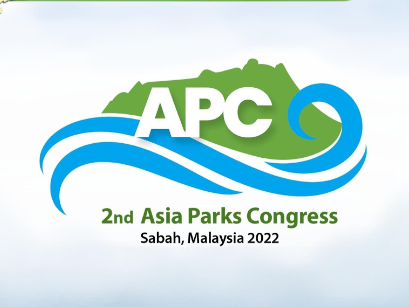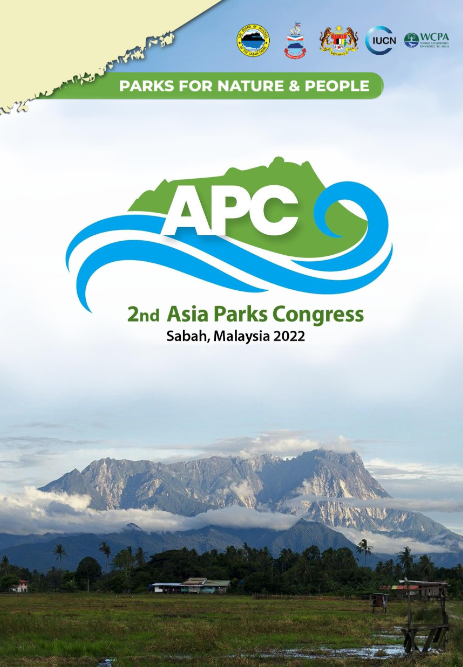In May 2022, more than 1,200 participants—including four staff members from the Center for Large Landscape Conservation—from 49 countries gathered in the city of Kota Kinabalu, Malaysia for the 2nd Asia Parks Congress (APC). Jointly convened by Sabah Parks and the International Union for the Conservation of Nature (IUCN), this APC paved the way for the conservation community to refocus and reinvigorate common objectives, as one of the first, large, in-person (and virtual) gatherings to be held in Asia since the start of the Covid-19 pandemic.
The Malaysian state of Sabah, on the island of Borneo, is uniquely coined “the land below the wind” due to its southerly location just outside the typhoon belt. As one of the most biodiverse places on the planet, Borneo is an appropriate location for a gathering focused on conserving nature. It is home to more than 200 mammal species—44 found nowhere else on earth—as well as more than 420 bird, 100 amphibian, 390 fish, and 15,000 plant species.
A diverse program of plenaries, working groups, pavilions, events, and community and youth forums at the APC attracted participants from across Asia and beyond to discuss and propose solutions to the most pressing challenges facing the conservation of nature in Asia. The Center for Large Landscape Conservation participated at the Congress alongside many of our partners, including contributing toward agreement on the Kota Kinabalu Declaration. The Declaration calls for the establishment and restoration of ecological connectivity through networks of protected and conserved areas that knit together critical habitat for species such as Asian rhinos, elephants and sun bears.

The Center team—consisting of Gary Tabor, Rob Ament, Melissa Butynski, and Amrita Neelekantan—traveled to Kota Kinabalu to contribute their expertise toward advancing ecological connectivity conservation, linear infrastructure safeguards for wildlife, and empowering youth in conservation in Asia and beyond. After more than two years of exclusively virtual but innovative research, including on infrastructure safeguards in Asia (LISA Project) and engaging in collaborative endeavors in specific landscapes (Wildlife Connect Initiative), staffers from the Center were finally able to visit with partners in person.
Highlights of the APC included events organized by, and presentations given by, members of the Center team:
The Center’s founder and president Dr. Gary Tabor spoke on the importance of “Ecological Connectivity Conservation for Nature and People” and emphasized the importance of connectivity to protect Asia’s biodiversity and enhance resilience to climate change.
In his presentation, senior conservationist Rob Ament highlighted solutions in the CCSG Transport Working Group’s forthcoming technical report “Addressing Ecological Connectivity in the Development of Roads, Railways and Canals.” This timely document aims to address the rapid expansion of linear transportation infrastructure (LTI), namely roads, railways and navigable canals, which are increasingly threatening biodiversity and ecosystems across the world.
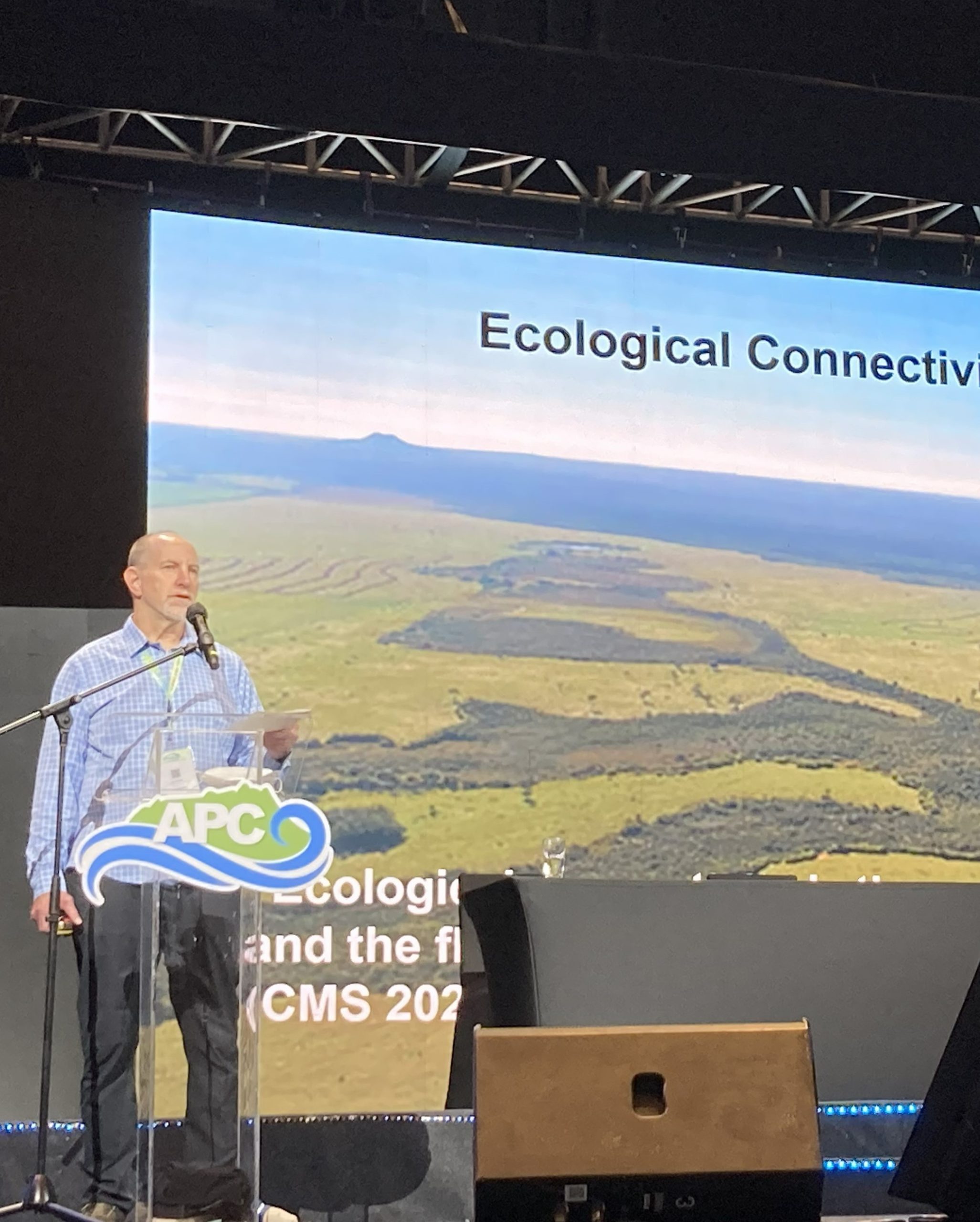
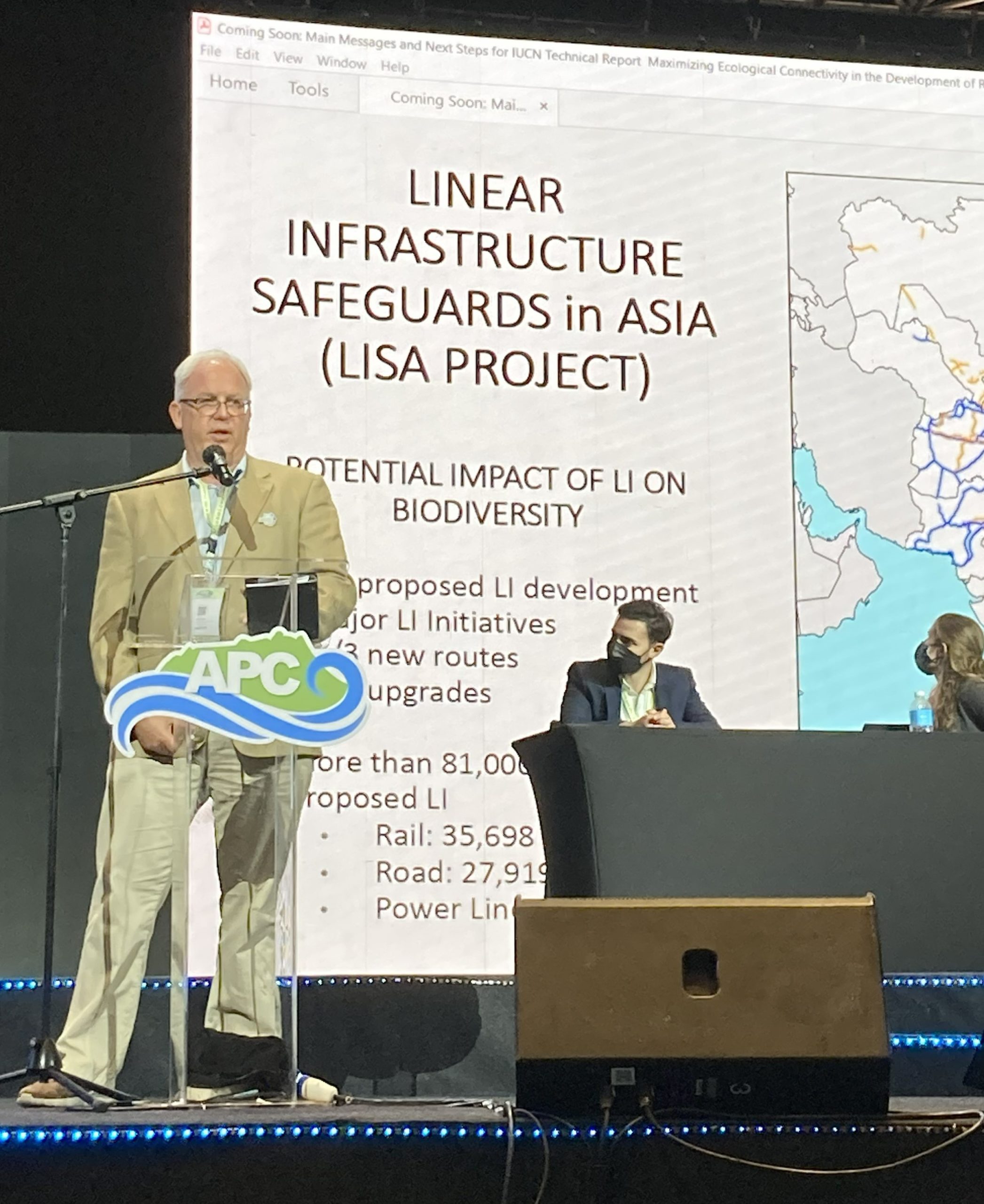
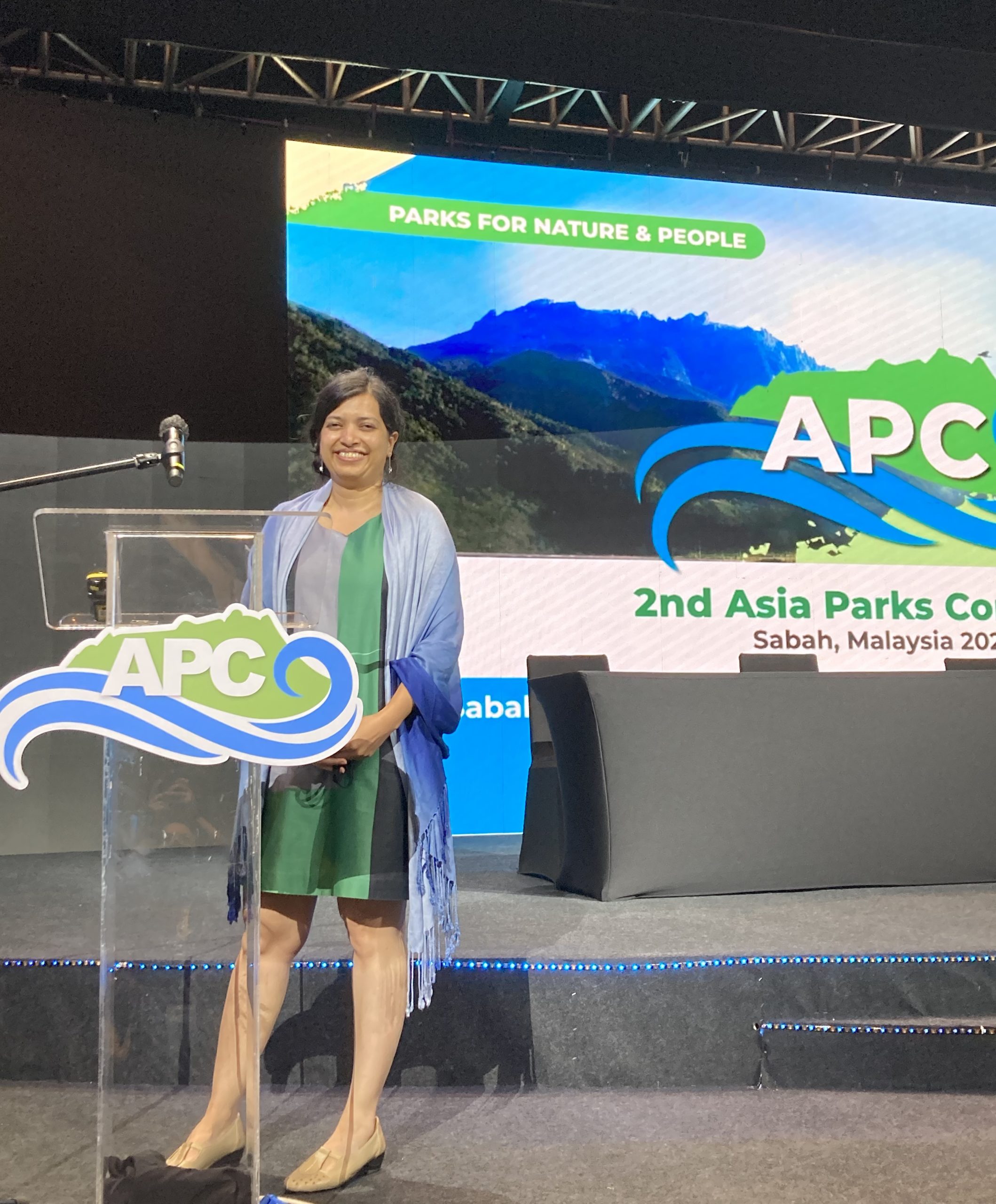
In the plenary session “Listening to the Voices of the Historically Under-represented,” conservation scientist Dr. Amrita Neelakantan addressed the role of youth in protecting areas. She acknowledged that the world we inhabit now is far more uncertain, and to be youth today is far more stressful. She emphasized the importance of providing support for youth to thrive and enabling solutions to come from youth themselves. Additionally, Dr. Neelakantan spoke at the side event “The 30 x 30 Biodiversity Target in the CBD Post-2020 Global Biodiversity Framework: IUCN WCPA Technical Support for Implementation” which was organized by the World Commission on Protected Areas and the Conservation Finance Alliance.
Rob Ament and Melissa Butynski also co-organized the side event “Promoting Connectivity Conservation through Green Linear Infrastructure Development in Asia,” which brought together practitioners, stakeholders, and governments from around Asia to share their ideas and connect with others in the field of green infrastructure development. In addition, the Center sponsored a reception for members of the IUCN WCPA Connectivity Conservation Specialist Group to encourage networking and new recruitment.

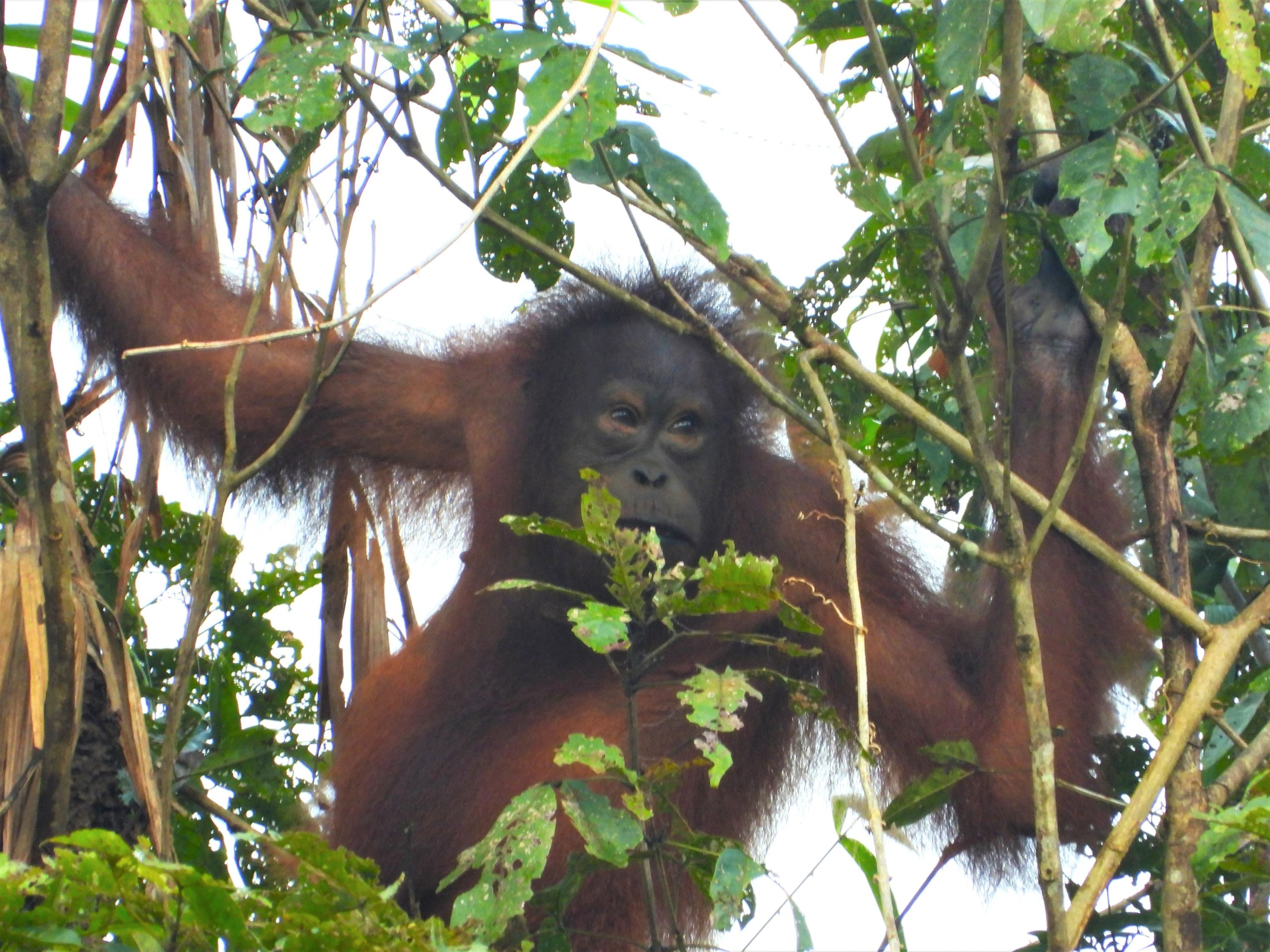
The 2nd Asia Parks Congress (APC) closed on the 29th of May with multiple calls for:
- Conserving at least 30 percent of lands and oceans across Asia to ensure that the most important biodiversity areas with their associated ecosystem services and cultural and spiritual values are conserved in protected and conserved area systems that deliver their conservation and social outcomes.
- Improving resourcing to restore and secure the integrity of nature as the foundation for nature-based solutions to address global challenges, and to secure the health and well-being of communities and their economic and social well-being.
- Greater inclusion and collaboration among the diverse custodians and managers of nature in the region, including respect and support for the traditional custodians of nature, building on their ancient wisdom, knowledge systems and customary laws, working with contemporary authorities and emerging champions.
- Maintaining and restoring fragmented ecosystems and avoiding or mitigating the impacts of new infrastructure and environmentally destructive activities.
- Establishing and restoring ecological connectivity through networks of protected and conserved areas.
- Securing natural habitat and improving connectivity of protected areas to maintain viable populations of critically endangered species such as Asian rhinos.
- Fostering transboundary cooperation for both peace and security, and to address the transboundary movements of both animals and people.
The Center staff returned home reinvigorated to continue pursuing the conservation of ecological connectivity in Asia and beyond. We look forward to seeing more colleagues and partners as we find the balance between the importance of such in-person meetings and the efficacy of connecting virtually from around the world.
